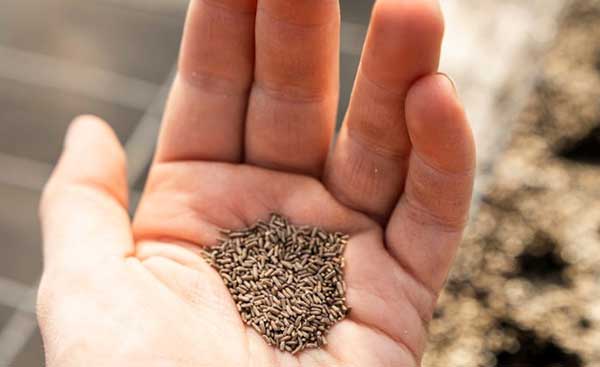Harvesting and storing seeds properly is essential for maintaining a thriving pollinator-friendly garden. By understanding the best practices for seed collection and storage, you can ensure the longevity and success of your garden. Utilizing moisture-resistant storage options is a key strategy in preserving seed viability.

To support pollinator-friendly gardens, it’s crucial to begin with the right seed harvesting techniques. Timing is everything; seeds should be collected when they are mature but before they disperse naturally. Once harvested, seeds need to be cleaned and dried thoroughly to prevent mold and decay. Employing effective storage methods, such as using polypropylene bags, can help maintain the seeds’ integrity by providing a moisture-resistant environment that keeps them organized and visible.
Understanding Seed Harvesting
Harvesting seeds at the right time is vital for their future viability. Seeds should be collected on dry, sunny days to minimize moisture content. Once collected, they should be cleaned to remove any plant debris or pests that could compromise their quality. Proper drying is essential; seeds should be spread out in a single layer in a well-ventilated area until they are completely dry.
Timing your seed harvest correctly ensures that seeds are mature and ready for storage. Immature seeds may not germinate effectively, while overripe seeds might have already begun to degrade. Observing the natural drying and browning of seed pods or heads is a good indicator that seeds are ready to be harvested.
Different plant species require varying harvesting approaches. For flowers, wait until the blooms have completely faded and seed heads have formed. With vegetables and herbs, allow fruits to fully mature on the plant before collecting seeds. Some seeds, like those from dandelions or milkweed, need to be gathered quickly before wind dispersal occurs. Creating a harvest calendar based on your garden’s specific plants can help track optimal collection times throughout the growing season.
Challenges in Seed Storage
Once seeds are harvested, storing them properly is crucial to maintaining their viability. Humidity is a significant challenge, as excess moisture can lead to mold growth and seed deterioration. To combat this, seeds should be stored in airtight containers in a cool, dark place to maintain low humidity levels.
Fluctuating temperatures and humidity can compromise seed storage. Seeds are living entities that require specific conditions to remain dormant yet viable. High humidity accelerates their metabolic processes, reducing their lifespan. This highlights the importance of an effective storage strategy that includes moisture control.
Light exposure presents another significant challenge in seed storage. Even brief periods of direct sunlight can degrade seed quality and reduce germination rates. UV radiation can damage the genetic material within seeds, while the heat from sunlight may trigger premature germination attempts. To prevent these issues, storage containers should be kept in dark locations or use opaque materials that block harmful light rays while maintaining consistent temperature levels.
Using Moisture-Resistant Storage Options
Moisture-resistant storage solutions, such as polypropylene bags, are essential in protecting seeds from environmental elements. These bags provide a barrier against moisture, helping to preserve seed quality over time. Their transparency allows for easy inspection and labeling, which is crucial for organizing a diverse seed collection.
By incorporating moisture-resistant storage into your routine, you can significantly reduce the risk of mold or decay. This approach not only preserves the quality of your seeds but also enhances your overall gardening experience by keeping your collection orderly and manageable.
Practical Tips for Seed Storage
To effectively store seeds, ensure they are thoroughly dried before packaging. Any residual moisture can lead to spoilage, so allowing seeds to air dry completely is crucial. Once dried, place seeds into moisture-resistant storage and seal them tightly to create an airtight environment.
Labeling each storage option with key information such as plant species and date of collection will aid in organization and planning for future planting seasons. This is particularly useful when managing multiple types of pollinator plants within your garden ecosystem. Keeping labels visible through the clear surface of the storage ensures quick access and minimizes the need for frequent handling.
Organizing your seed collection by grouping similar species or by planting season can further streamline your gardening activities. This method reduces clutter and allows you to quickly locate specific seeds when needed without sifting through numerous containers or envelopes.




